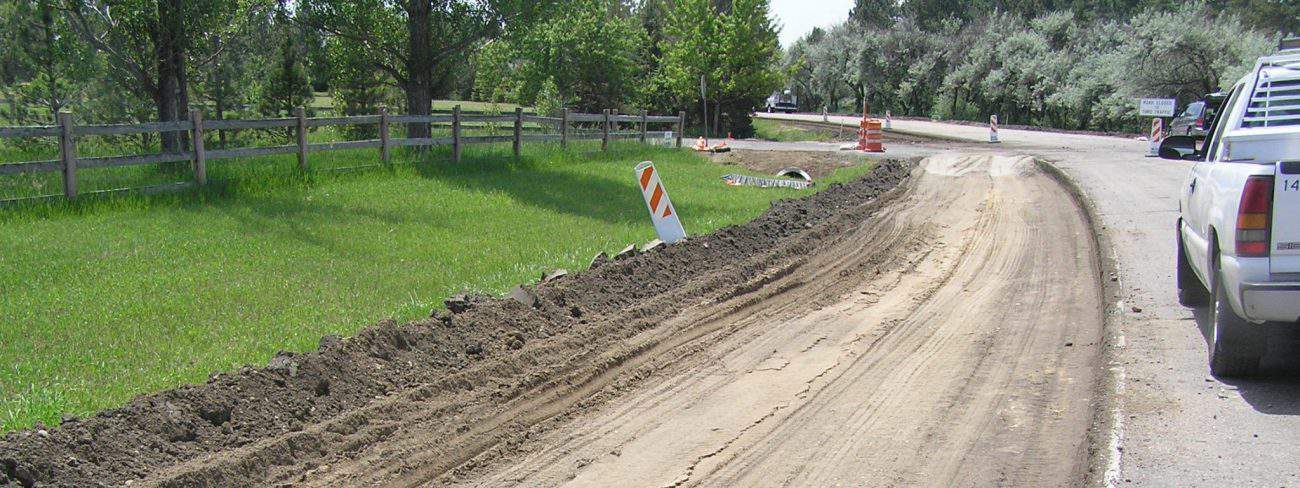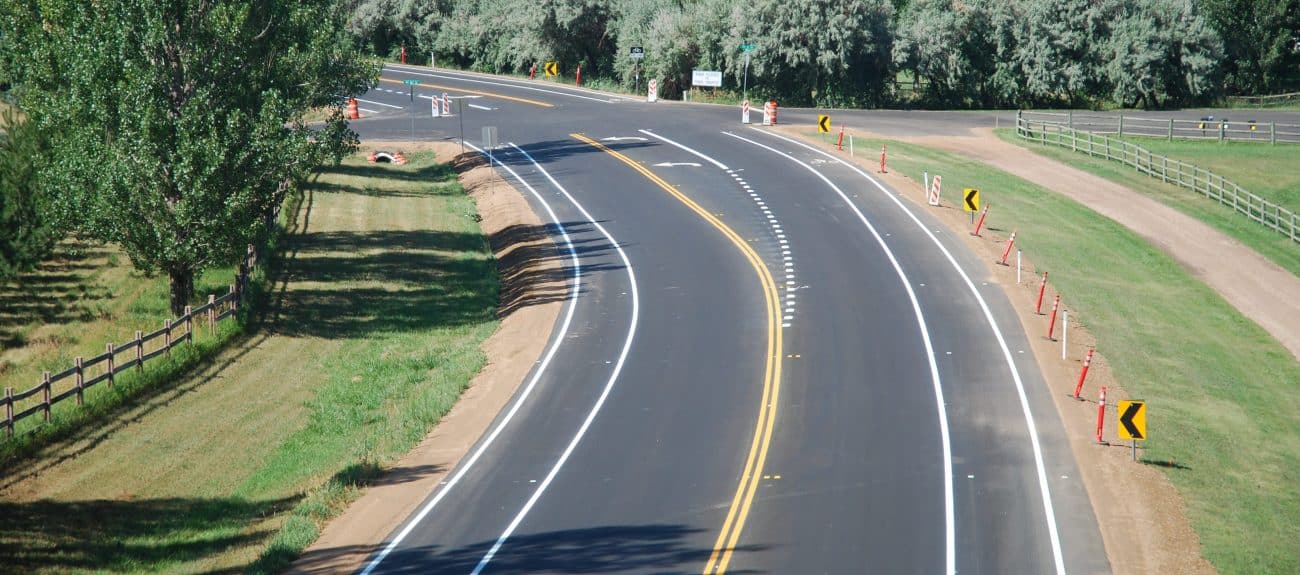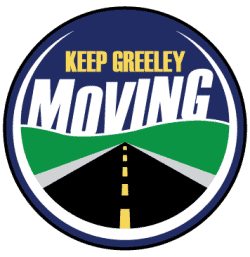Overlay
Your street is
getting a new
overlay!
What does that
mean for you?
Well, first and foremost it means you’re going to get what is essentially a new street.
How we get there takes a bit of work — but maybe not as much as you might think.
From start to finish our road overlay program takes about a week and a half to completely do a neighborhood road.
During that time we’re going to be out on your street, removing the old road surface — we call that milling — and preparing the road for a spiffy new asphalt surface.
Parking
That’s all great, but how do I get home? Where do I park? Is everything going to be terrible?
No, everything is not going to be terrible. It’s going to be a little inconvenient for a little bit.
You will, for sure, be able to get home. During the first few days of our work, while we’re milling and preparing the old road for the new asphalt you’ll be able to drive to and from your home and park in your driveway. You might have to wait or minute or two for our equipment to pass, but that’s about it for most of our work.
It’s only during the last part of our work — when we lay down the new asphalt layer — that you won’t be able to drive on the road. That takes about a day. So for one day, you’ll need to make sure your vehicle is parked somewhere we aren’t doing work if you plan on using it. Most residents usually find parking on a nearby block and walk a short distance. If for some reason you can’ make that walk, we’ll help you. Just let us know what you need.
At all times of our road work, we’re going to make sure we work with residents to ensure their ability to get home safely and in a way that accommodates their needs. And of course the sidewalks will be open and you’re always welcome to park elsewhere and walk to and from your home during our work.
Still have questions?



The pavement overlay program provides a new pavement surface on existing streets that have deteriorated to a condition that chip sealing is not an acceptable treatment. The overlay process involves many activities. Prior to the actual overlay taking place, patching, utility adjustment, traffic signal actuators, and mandated American Disability Act (ADA) access ramp improvements need to be completed.
Most overlay projects include milling off a portion of the existing pavement surface, placement of a geo-textile paving fabric, and the application of a new asphalt pavement surface. This new asphalt surface is normally two to four inches thick. Collector and arterial streets require new striping with this kind of maintenance treatment. During the process, utility adjustments for manholes and water valve boxes are also required. Each street in the overlay process is evaluated for the type of overlay it will receive. These factors include traffic types and amounts, existing surface condition, and structural strength.
In some cases, a total or partial reconstruction needs to take place when a street has completely failed and even an overlay is not applicable. Pavement reconstruction involves all the aspects of a mill and overlay, except the pavement and base are totally removed, the underlying sub-grade soils are repaired and re-compacted, new base coarse material is constructed, and a total new pavement structure is constructed.
